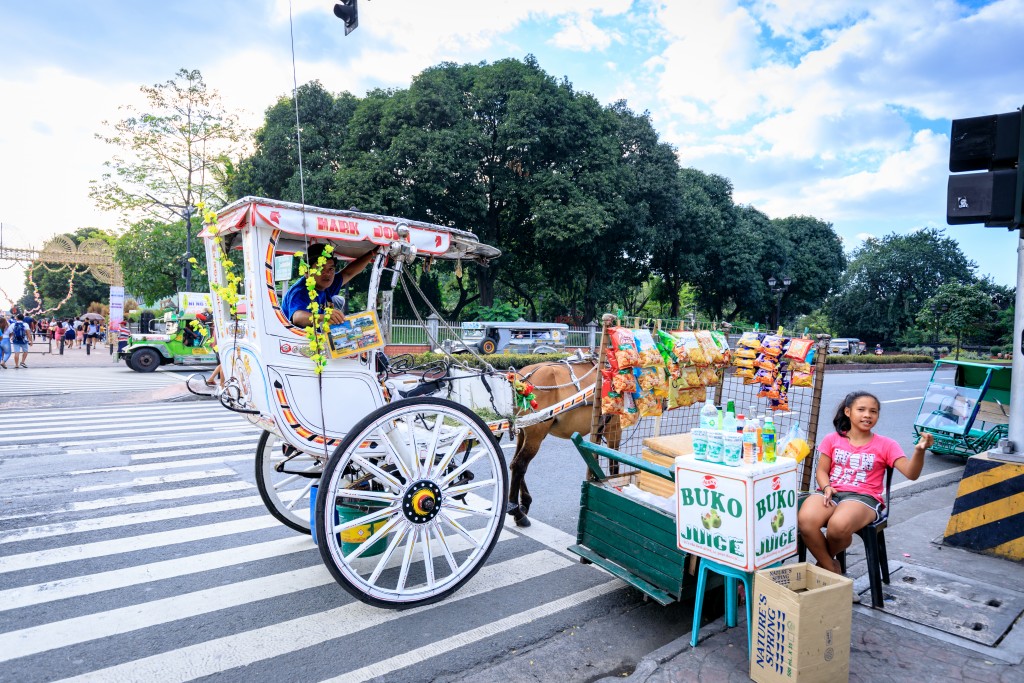If you’re doing business in the Philippines, chances are, you’ll be heading to Metro Manila. The largest Metropolis in the country is the center for finance and commerce, accounting for the majority of businesses and amounting to almost 40 percent of the nation’s GDP. It is the 4th most populous urban area in the world, making travel a bit problematic. Getting around the metropolis can get a bit inconvenient, and you should plan your travel options.
Ride-Sharing Apps
There’s no Uber or Lyft in Manila. However, it does have the regional counterpart in the form of Grab. The service acts similar to standard ride-sharing apps, allowing you to book rides with your smartphone. It is currently the only ride-sharing service operating in the region, so you might encounter problems finding a ride, especially during rush hour. Like Uber and Lyft, Grab offers a premium option in car selection. The premium option ensures you’ll get a decent ride (most likely a high-end SUV) and can ensure a shorter wait time. A 10-km ride will typically cost less than US$10, with surge pricing incurring an additional $2-$4. Every driver will be able to understand English, though a few may require you to speak a bit slower.
Rented Vehicles
For corporate business deals, it’s always advisable to rent a car. Have your contacts assign you a driver or rent a car yourself. You won’t need to apply for any additional permits to drive as long as you have a driver’s license. You can rent a vehicle as soon as you land or you can reserve one online and have it waiting for you at the airport. If not for the traffic, Manila roads are one of the easiest to navigate in Asia. Road signs and street names use the English alphabet, and the phonetic nature of the Filipino language makes it easy to read and convey. You won’t have problems asking for directions and people are generally friendly. You might need a GPS, especially if you’re doing business in Makati. The prevalence for one-way streets can be confusing, and a few corrupt traffic enforcers will shake you down for $10-$20. Traffic can be a nightmare, and a 15-minute drive can take more than an hour in rush hour traffic. Manila also imposes a number-coding policy which limits a vehicle’s use of the road depending on the last digit on its plate.
Public Transport

Unless you’re done with your business dealings, public transport is not an option. Metro Manila’s rail systems are inefficient and overcrowded. Trains are few and far between, traveling at speeds not exceeding 20 miles per hour. During rush hour, hordes of people will pack a train full, leaving almost no room to move. Buses are similarly overcrowded, with confusing routes and a small risk of encountering pickpockets. Jeepneys (modified jeeps for passenger-use) and tricycles (motorcycles with modified sidecars) are great for short-distance travel, but any ride over 2 miles will have you smelling like exhaust fumes by the time you get off.
Renting a car is your best option if you’re doing business in Manila. It’s a bit more convenient and a lot more professional. Use ride-sharing apps only when you’re vehicle is “coding” and never use public transport.

